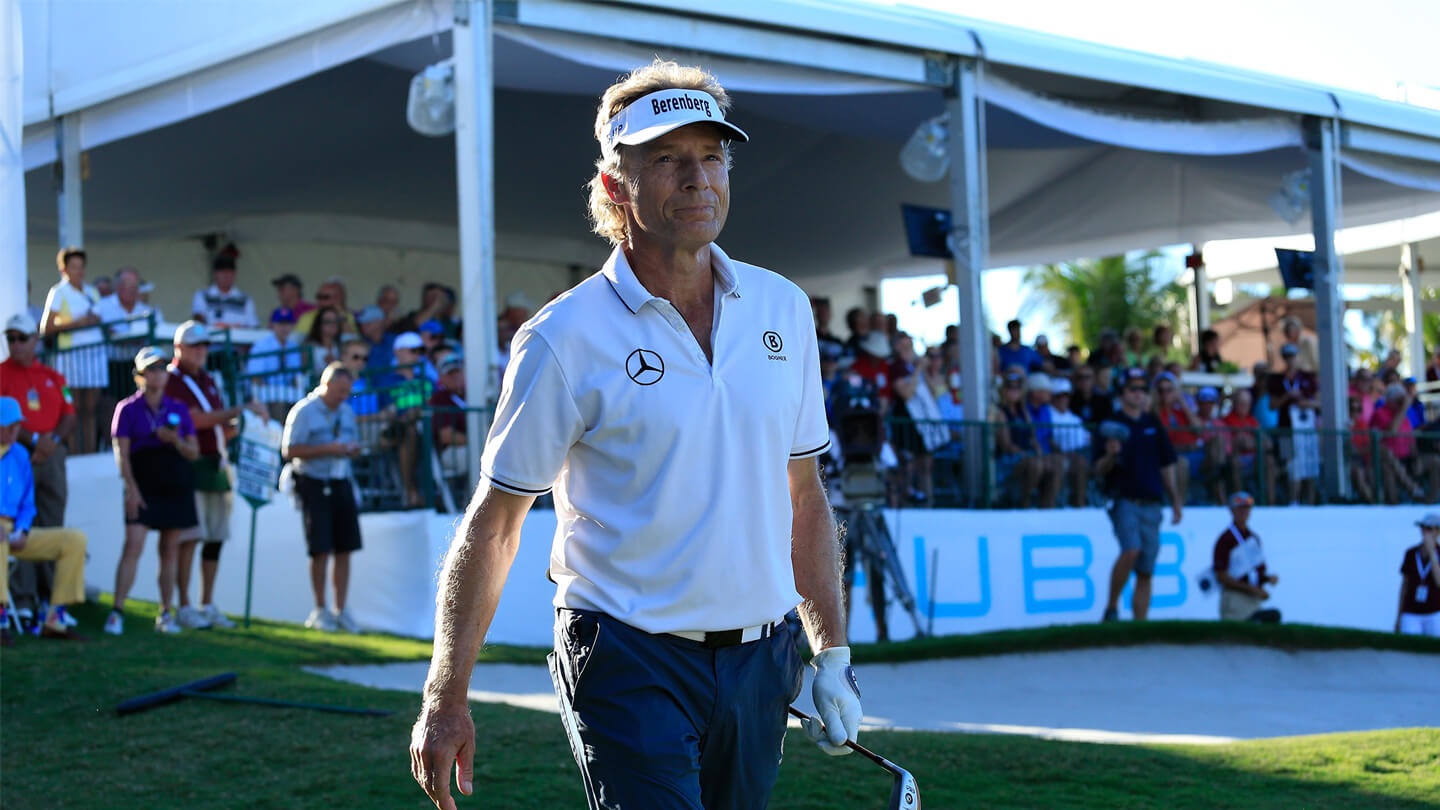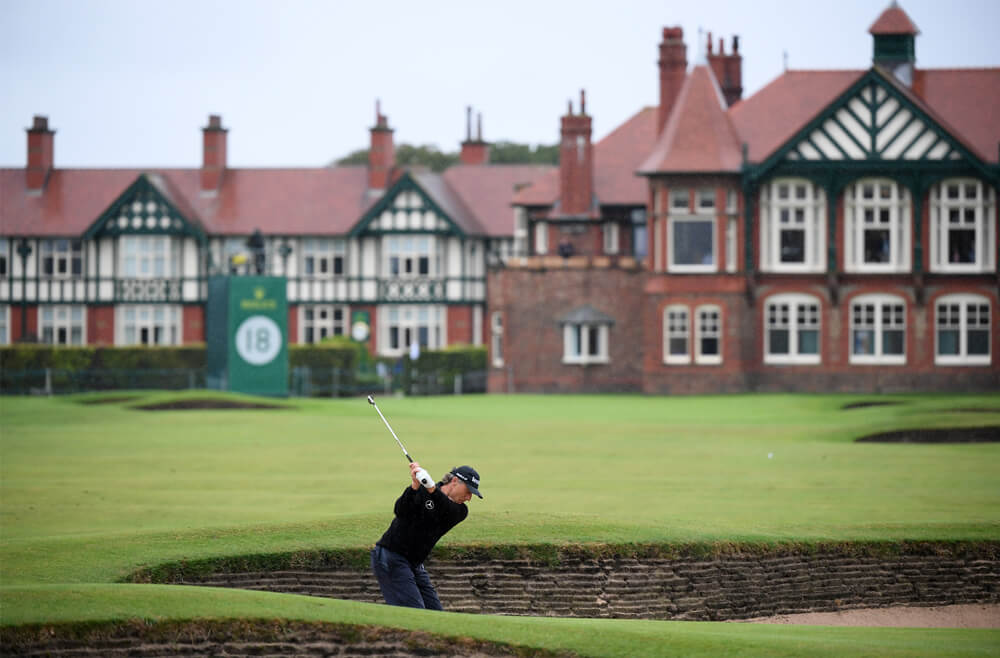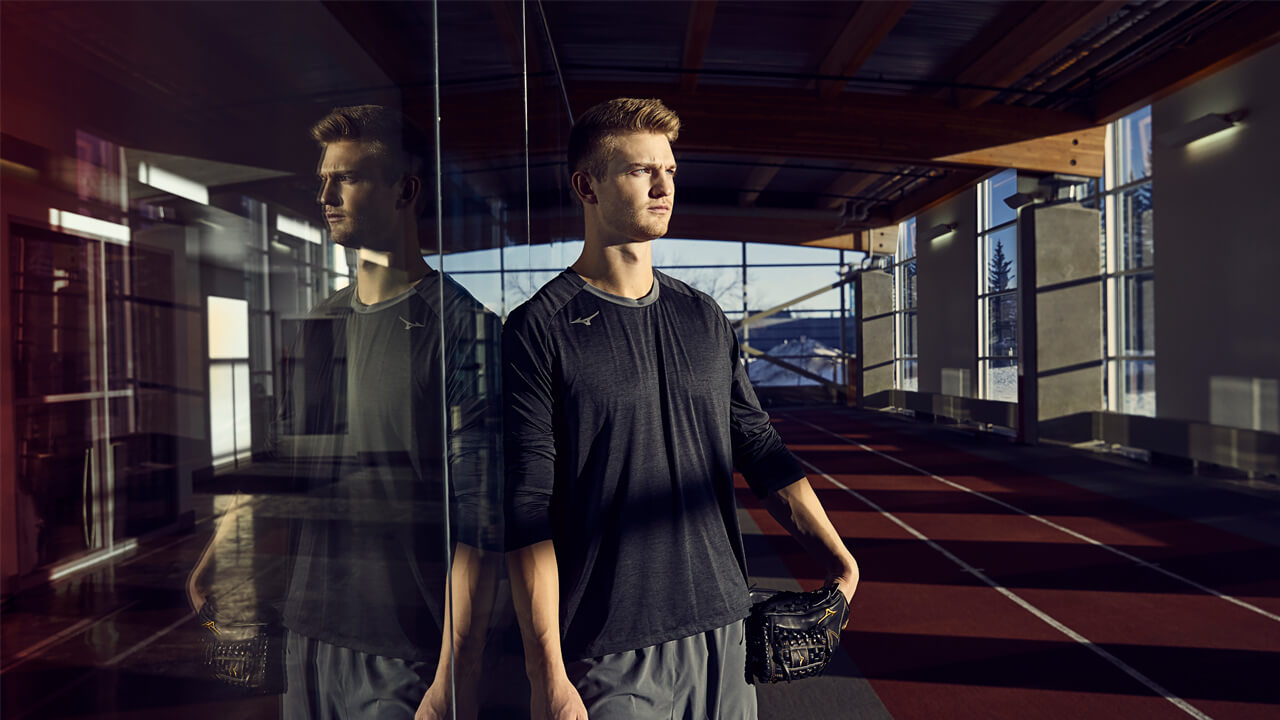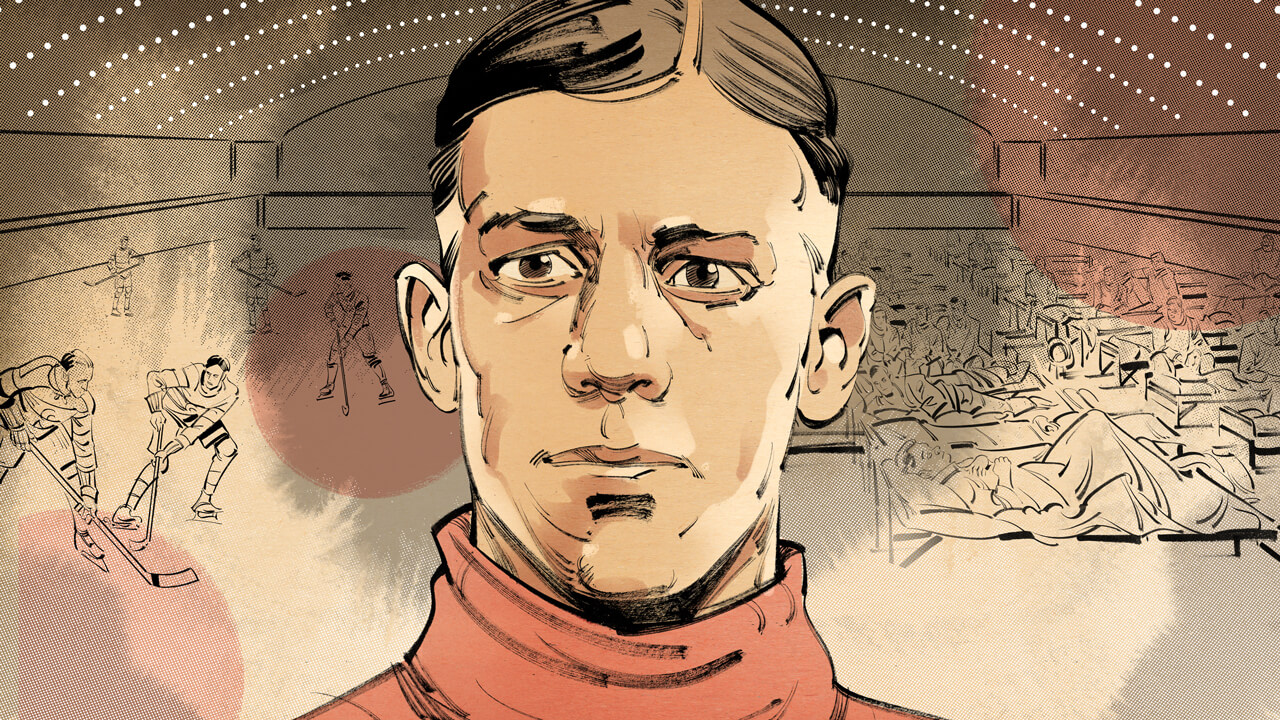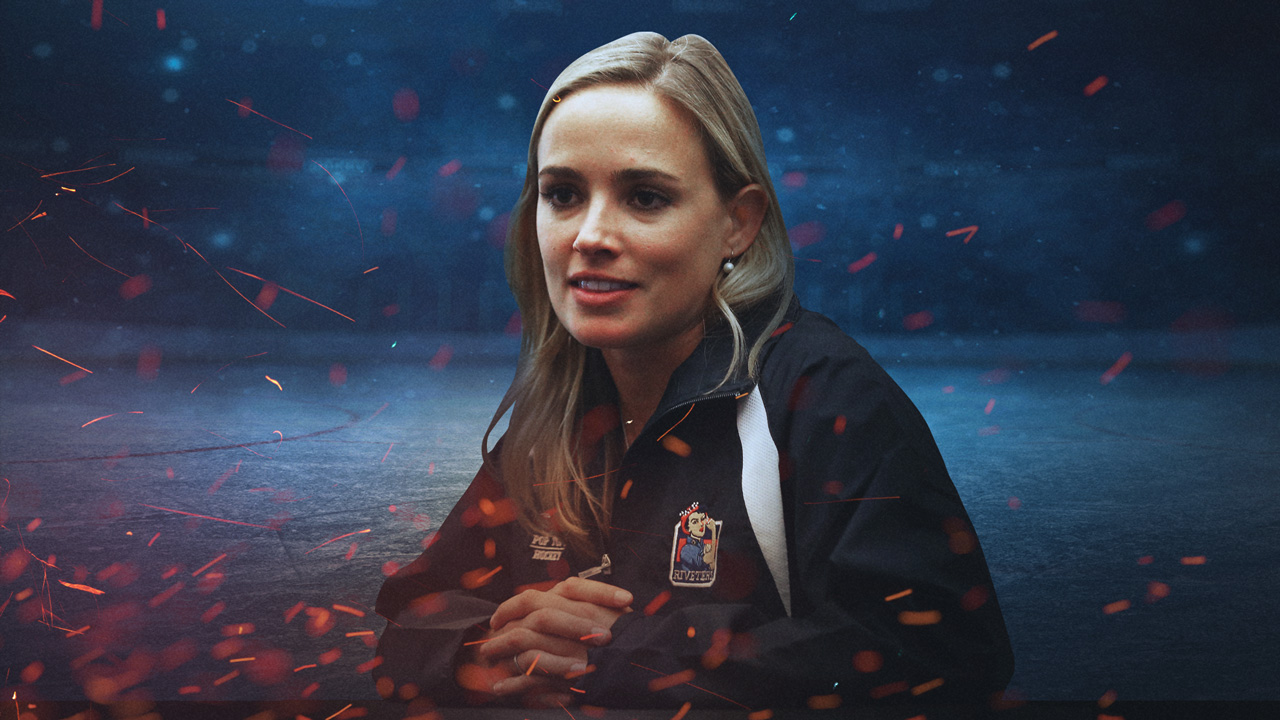Because he’s so dialled in on the course, Langer’s personality comes as a surprise even to fellow competitors, like McCarron, who started getting text messages from Langer years ago. “It really shocked me the first time he did it, because he sent some emojis,” McCarron says, grinning. “I didn’t think Langer had emojis in him.”
And what a relief it is to discover that though Langer has a strict regimen in the gym, he also has a serious sweet tooth. That he had only one little cake after his practice round was a test of sheer will. “I held back,” he says. “Usually I have four or five.” Langer likes “all the sweets,” and Holt can confirm. “He could cut down on some sugar,” the caddie says. “He really could.”
The sweets have been a lifelong love of Langer’s, but other parts of his day-to-day have changed over the years. His practice routine, for example, is much different than it was at age 30. “I can’t pound 500, 800 balls a day anymore,” he says. “It’s a lot less now in that regard, but I try to stay focused when I practice, so that it means something — I really focus.” He’ll arrive a couple hours before a morning tee time, warm up (today, on a stationary bike), stretch and lift weights before hitting the driving range and chipping-putting area for about an hour. “I get done playing, have lunch, hopefully some desert,” he says. Then it’s back to the range for an hour, physio after that, stretching and dinner. “I spend more time stretching and working out and recuperating than I did years ago, giving my body a break to recover,” he says.
That maintenance work is one of the pieces to the puzzle Langer credits for his success over the years. Others include health, a good private life (he has four kids), pacing oneself, having other passions (his is skiing), having maintained the same coach for 40 years (Willy Hoffman, who he met at 16), and a strong support staff (that includes a brother as his manager.) “And, I love the game,” Langer says. “I love to compete.”
But he’s also learned to take breaks from the game. “He might go home and not touch a golf club for three days,” Holt says. “That rest and enjoying time with his family is a critical factor in his performance.”



